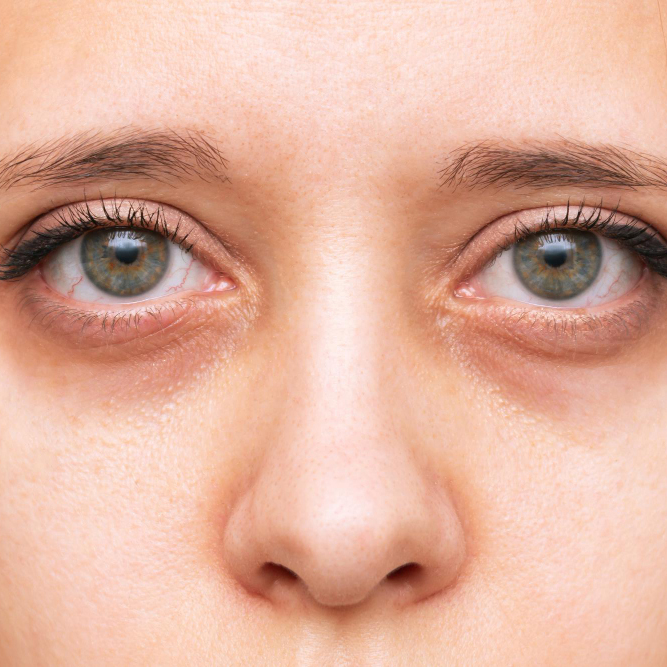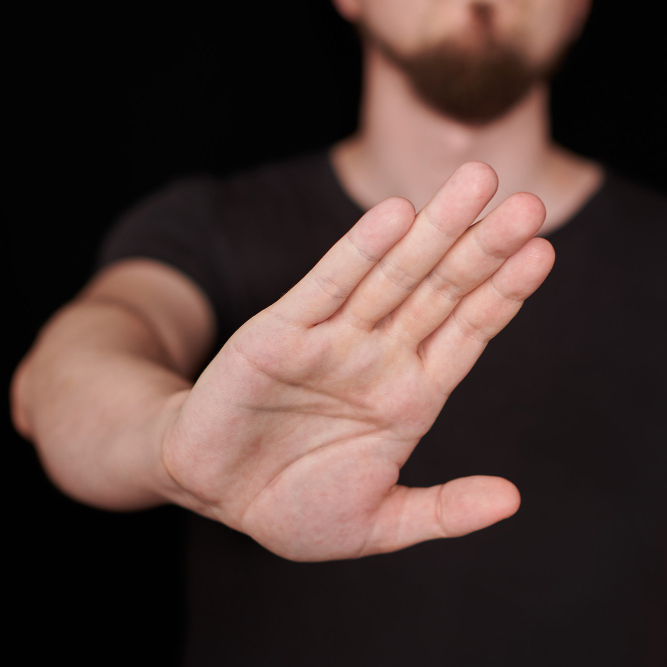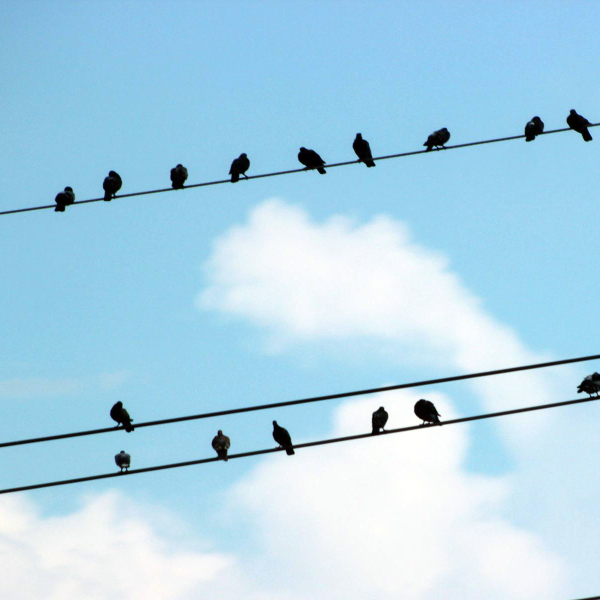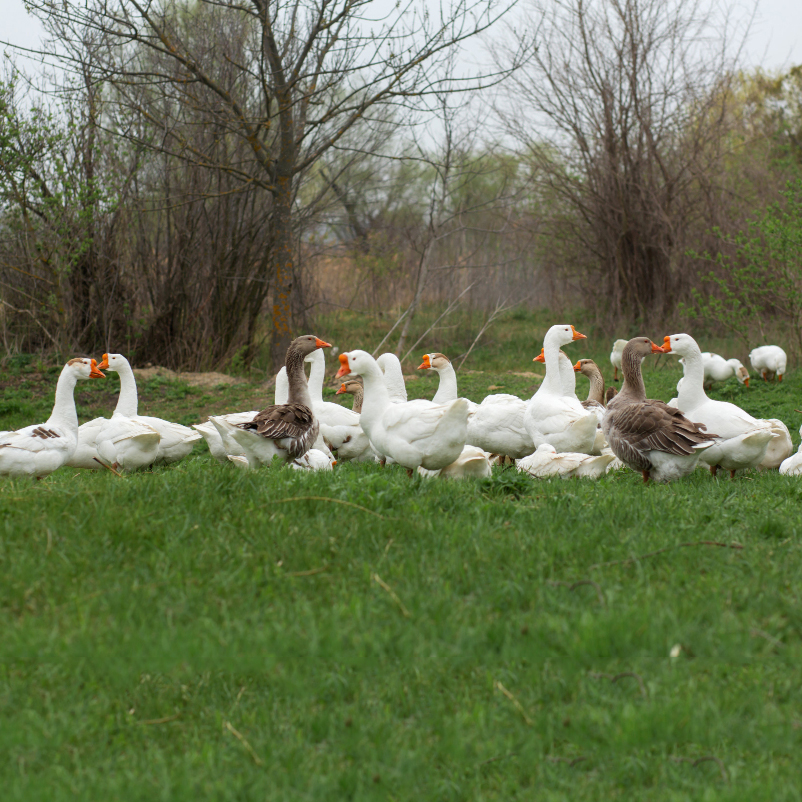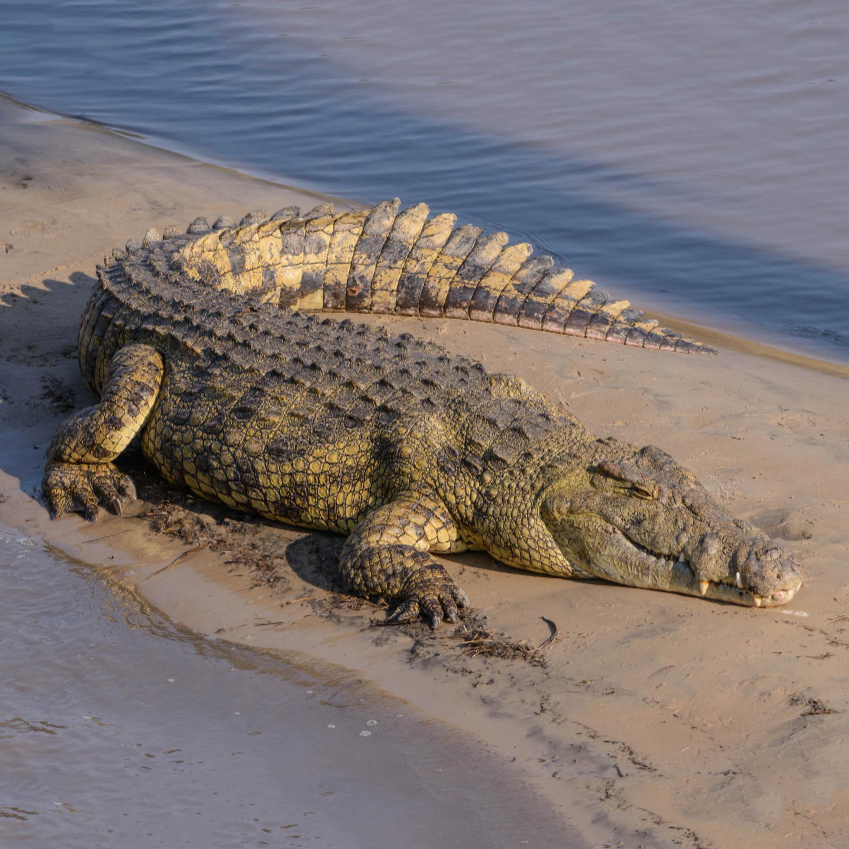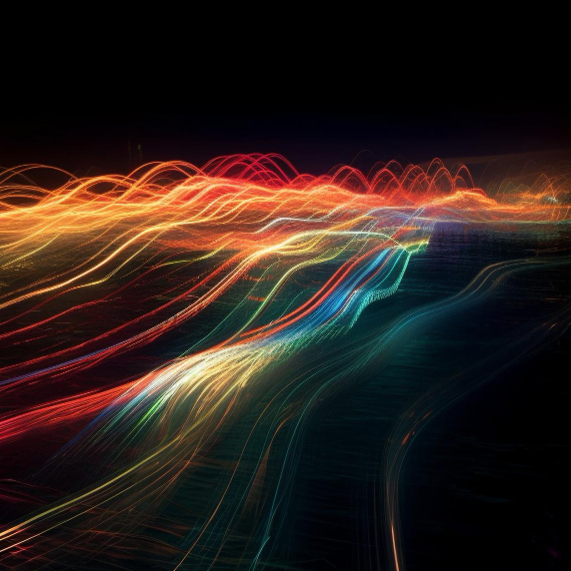Have you ever heard of Sanpaku eyes? These peculiar eyes have long been associated with deep spiritual meanings and superstitions in various cultures around the world. The term ‘Sanpaku’ originates from Japanese, and it refers to eyes in which the white space can be seen either above or below the iris when looking straight ahead. In this article, we will delve into the intriguing world of Sanpaku eyes, exploring their spiritual significance, the superstitions surrounding them, and the connections to fate and death.
Unveiling the Mystery: What are Sanpaku Eyes?
Sanpaku became widely popular due to the publication of George Ohsawa’s book, You Are All Sanpaku. It is known as a condition that is influenced by an individual’s physical, emotional, and mental state. The word “Sanpaku” was derived from Japanese origins, where “san” means three and “paku” means empty.
So what do you get when you put them together? Three empty spaces. Indeed, Sanpaku eyes pertain to the whites of a person’s eyes surrounding the iris. When viewed closely, if the white space is seen above or below the iris, it is considered Sanpaku. On the other hand, if the white section is visible on either side of the iris, it is another eye condition called Yinyang eyes or Walleye.
From ancient Chinese superstitions to modern pop culture, the Japanese idiom has always been linked to a person’s mental and physical well-being. Redefining traditional beliefs, a Sanpaku gaze goes beyond just physical characteristics but also touches upon spirituality and mental health.
Sanpaku Eyes in Spiritual Traditions and Beliefs
Sanpaku was first introduced in the United States in the 1960s by Japanese author and philosopher George Ohsawa in his book You Are All Sanpaku. The initial American fascination with martial arts coincided with a growing interest in Eastern mysticism and alternative spiritual practices. It was during this time that Ohsawa introduced the Western world to the concept of Macrobiotics, a diet based on the Chinese dietary philosophy of balancing yin and yang.
Western society in the 1960s and 1970s was open to new spiritual ideas, and Ohsawa capitalized on this by adding the spiritual connotation of sanpaku to macrobiotics. Ohsawa claimed that people with sanpaku eyes were more likely to suffer from psychotic or neurotic behavior because they lacked the energy to make rational and logical decisions. He also identified famous people, like Marilyn Monroe, who he claimed had sanpaku eyes, and was widely known as an influential person in popularizing the concept of sanpaku in the United States.
Modern interest in sanpaku has been revived, once again because of increasing curiosity about alternative spiritual practices. Superstitions, spiritual healing, and other mystical concepts are growing in popularity as people seek new ways to make sense of an increasingly chaotic world.
The Superstitions Surrounding Sanpaku Eyes
Sanpaku is believed to be a sign of misfortune in East Asian cultures. In Japan, someone with sanpaku eyes is said to be suffering from an imbalance of the mind, body, and spirit. Cures for this imbalance are as varied as the suffering it can bring and range from meditation and breath control to switching to a vegetarian or macrobiotic diet.
Throughout Asia, possessing sanpaku eyes is thought to be a bad omen. According to superstition, the Japanese warlord Oda Nobunaga and the martial artist Bruce Lee had sanpaku eyes.
In fact, Lee was often seen showing off his eyes on camera. His gaze was a part of his powerful screen presence, and he was well aware Sanpaku in his eyes was an advantage in martial arts. In an interview, he said: “I’ve never been conscious of myself. I never thought, ‘Oh, I’m so beautiful with my sanpaku eyes.’ That’s really dumb!”
According to Sanpaku Eyes: Unraveling the Spiritual Meaning behind Superstition, Fate, and Death, Lee had taken a course in Eastern philosophy at the University of Washington. “In it, there was a chapter which explained how to make oneself appear fierce. The advice to concentrate on your eyes when you’re angry stuck in my mind.”
Fate and Sanpaku Eyes: Do They Intersect?
With the Japanese belief that the eyes are great indicators of one’s fate, you will understand why the Japanese have analyzed it for centuries. They believe that having sanpaku eyes means that you are going to die young and tragically. Pondering on the connection of the eyes and destiny may be a bit mind-boggling, so let’s break this down.
Sanpaku is divided into two Chinese characters that convey the meaning “three whites.” This refers to the white space above or below the iris. According to the Japanese legend, if someone constantly reveals the white space, it means that person’s fate is imminent. On the more scientific side, people with sanpaku eyes might experience vision problems due to this but it does not necessarily mean a tragic end is waiting for them.
So how did the Japanese manage to come up with such a grand idea? They believe that menstruating women can predict the future and miso soup can help you live longer. With that in perspective, sanpaku becomes less of a myth and more of an interesting tradition to explore.
The Morbid Connection: Sanpaku Eyes and Death
The morbid connection between Sanpaku eyes and death is one of the most debated topics about this superstition. While some conspiracy enthusiasts claim that many famous people such as James Dean, Marilyn Monroe and Abraham Lincoln had Sanpaku eyes, others see it as a coincidence.
Despite most of these celebrities’ untimely deaths, there is no concrete evidence that death and Sanpaku eyes are interconnected. However, the perception that Sanpaku eyes are an omen of death has been established in mainstream culture, with many Japanese mangas and anime series exploiting it.
It is important to note that the idea of Sanpaku eyes being associated with death is not exclusive to Japanese culture. Traditional Chinese medicine believes that Sanpaku eyes indicate a person’s future health, but an American book in 1965 was the first to establish a connection between Sanpaku eyes and death. Paul C. Bragg introduced the concept to Westerners, associating it with pop culture figures like Frank Sinatra. Since then, the idea has been used to further mystify these celebrities’ deaths.
Famous Figures with Sanpaku Eyes
Sanpaku eyes have been popularized by a variety of famous figures. Below are a few examples of influential people with notable beliefs in Sanpaku eyes:
- Roman Polanski: Was convinced that his murdered wife, Sharon Tate, had sanpaku eyes. Photographs showed that her eyes were normal and not sanpaku, but Polanski remained convinced of their existence.
- William Butler Yeats: The famous poet mentioned sanpaku in his poem “The Second Coming.”
- Sylvester Stallone: In his 1985 movie Rambo: First Blood Part II, his sergeant asks, “Rambo, are you sane?” Rambo replies, “Sanpaku,” without further explanation.
- Steve Jobs: His fascination with Eastern spirituality led to his belief in sanpaku. False accounts hold that he tried to diagnose people with sanpaku eyes in his final days.
Sanpaku Eyes in Art and Culture
In Japanese culture, sanpaku is considered to be an omen or a sign of bad luck. The great artist and Japanese wooden sculpture craftsman, Osamu Kitamura, created the Sanpaku Nyansuke, a carved figure of a black cat with a body leaning towards the right, its head tilted at an angle. The most striking feature of the cat is its unusual eyes. It has a pair of white sanpaku eyes that add to the eeriness of the figure. You can find the Sanpaku Nyansuke at the Ghibli Museum in Tokyo.
Another example is a manga turned animated movie by Osamu Tezuka, a mangaka also known as the ‘Father of Manga’, who was the first to introduce the cartoon aesthetic style in 1963. His animated film titled Midori (which translates to green in Japanese), based on the life of the bizarre circus performer, Lumino “Midori” The Puppet Girl, is another example of the influence of sanpaku in art and culture in Japan.
Scientific Explanations and Debunking Myths
While numerous sources have referenced the idea of Sanpaku eyes in spiritual contexts, a few others have erroneously associated it with mental illness or drug usage. The truth of the matter is that Sanpaku eyes (and the superstitions surrounding them) are purely cultural, and no scientific evidence exists to support their spiritual claims. In fact, the belief that Sanpaku eyes can predict an early death can be debunked by the fact that Amy Winehouse and James Dean had Sanpaku eyes, and yet both lived only until their early 20s. It is fundamentally a superstition rather than a reliable way to predict fate or death.
The appearance of Sanpaku eyes is also commonly associated with health issues, with some sources claiming that it’s a sign of liver problems. As previously mentioned, this is also largely a myth. The colors on the human eye are directly related to melanin concentration, and these colors can sometimes run into each other. If it appears that the white part of your eye has expanded, it isn’t necessarily indicative of an underlying health issue. It’s more commonly associated with a person’s weight, energy levels, and daily routines. For example, dark circles around your eyes can be caused by lack of sleep, while dilated pupils could be caused by alcohol consumption. In relation to Sanpaku eyes, the appearance of the sclera may simply indicate that a person might be tired or have been working too hard.
Different Eye Shapes and Meanings in Various Cultures
As the meaning behind Sanpaku eyes proves, cultures all over the world believe that the eyes are the windows to the soul. However, no two cultures share the same interpretation of the eyes and their meanings. A good example is the Western perspective on beauty and health against the Chinese physiognomy.
China is one of the oldest civilizations in the world, and its cultural practices have greatly influenced its society. Early Chinese societies primarily followed the teachings of Confucius. Afterward, they adopted Taoism and Buddhism. In general, the Chinese are highly religious and superstitious people, and they’ve become very knowledgeable about how to read people’s characters through their eyes. This ability is called physiognomy, and people who practice it are called “face readers.”
Eye shapes are not just for assessing a person’s personality in China. They somehow dictate a person’s fate, including their career, wealth, health, and relationships. Cultures like these have also long believed that the eyes reflect our spiritual well-being. This idea is not far from our understanding of well-being today. When we are happy, our eyes glow and twinkle with joy; when we’re unwell, they look tired and droopy.
However, China has a more specific approach to reading the eyes. It has identified eight different eye shapes and their meanings:
| Double iris | Luring |
| Slanted | Cunning |
| Round | Honest |
| Narrow | Sly |
| Big | Candid |
| Small | Shifty |
| Piercing | Forceful |
| Inward Converging | Intense |
The Chinese isn’t the only culture that believes in these meanings. At least two cultures, including Japan and India, share these interpretations. “Big” and “candid” are popular interpretations for big eyes, but each culture has different interpretations for other eye shapes.
For example, in Japan, double irised individuals are considered luring because the double iris makes their eyes look bigger. On the other hand, in India, big eyes make people look shy. These presupposed meanings can be found in local folklore, stories, and idioms.
Embracing Our Unique Features: Changing Perceptions
According to the Chinese art of face-reading, a Sanpaku Eye is a sign of misfortune. The word itself, Sanpaku, is a combination of two Japanese characters, which mean “three” and “eyes”. A person is said to have Sanpaku Eyes if they have a visible white gap underneath the iris of their eyes, indicating that the iris itself is out of alignment. The Chinese believe that such individuals are destined for tragedy — whether it takes the form of financial collapse, accidents, or even early death.
However, this superstition has been dismissed and debated for decades, with the more recent narrative being that Sanpaku Eyes are just a reflection of a person’s unique irises or a significant lack of sleep. Even celebrities like Kirsten Dunst and Drew Barrymore have been observed with Sanpaku Eyes.
Graphic designer Alireza Pakdel launched a photo series to protest against this widely held belief. He used the image of renowned actors and actresses who have Sanpaku Eyes and drew over their photographs to “fix” their eyes, highlighting the ridiculousness of this superstition.
In conclusion, Sanpaku eyes have captured the fascination of many individuals across different cultures and time periods. The spiritual meaning attributed to these eyes has led to superstitions regarding fate and death. While science may not validate these beliefs, it is undeniable that Sanpaku eyes continue to intrigue and captivate people’s minds. Whether you view them as a mystical sign or dismiss them as mere superstition, the cultural significance of Sanpaku eyes reminds us of the diverse interpretations and beliefs that shape our world.
